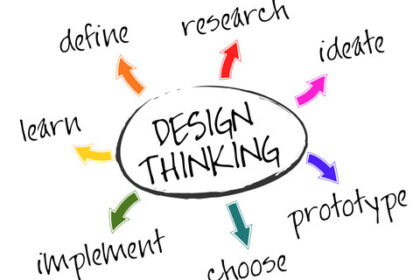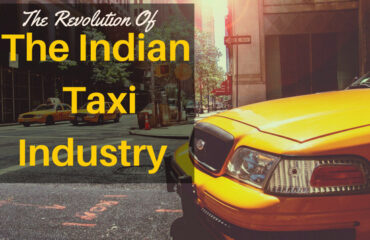
We have all heard and read about how Steve Jobs introduced a sense of design into Apple…A sense which not only made the products that they make technologically path breaking but also made the products artistically ground breaking too… Always remember the brief by Jobs that the icon on the iPhone display had to be most realistic and beautiful so that the customer or the user would also appreciate the beauty of the icon in addition to using it.
So is there really a way you could make everyone in a organisation or a team or a cross section of teams to think in a particular way to get you to the best results …Let’s find out what design thinking is all about..
While design has always been used to create new and better products …Design thinking is about how it can be used to improve business by looking at our day to day issues and growth requirements differently and how the process can be build into teams to bring about the best results.
So the whole process is not about turning managers into designers but to help them become better design thinkers literate in the tools and processes that designers use and to enable the managers to use those processes to solve their business problems
So in that way Design thinking is a way or a simple process to make innovation a part of every managers daily life
For ease of implementation design thinking breaks down the entire process into 4 stages and for each of the same break it down into four broad questions
1. What is?
As the question suggests… What is relates to current reality…We all as managers want to run immediately to the future by brainstorming on the new possibilities and options.
So the objective of What is question is to understand the present with maximum data available so that we have better and clearer and wider understanding of problem or issue to be tackled…and also to understand any unarticulated needs which also needs to be addressed…So the objective of What is ? is not rely on your imagination but to get deep insights into what the stake holder actually wants reducing the risk that our new idea will fail…It specifies what a great solution will look like without telling us the solution itself
So the end result of this will be identification of patterns and insights from the data of the present that we have gathered
Some of the normal tools which could be used during this stage are
a) Journey Mapping
This would involve assessing the present experience through the customer’s eyes
b) Value Chain analysis
This involves assessing the current value chain that supports the customer’s journey
c) Mind Mapping
This would involve generating insights from exploration activities and using those to arrive at a specific design criterion.
2. What if?
Am sure we are all experts in working on this question…But the key to making this a success is to not go overboard with your imaginative thoughts but to keep the creativity with the specific patterns that we have found out with our first What is question and look at ways to address the same in the best possible manner
Two tools that can be used during this process are
a) Brainstorming
Involving all stake holders to generate new possibilities and new alternative business models.
b) Concept Development
This involves assembling innovative elements into a coherent alternative solution that can be explored and evaluated.#
3. What Wows?
After the first 2 stages we would usually left with too many interesting concepts to take forward.In this stage we need to reduce the same to a manageable level by trying to locate the best options which van provide significant upside for our stake holders and which also matches with our organizational resources and capabilities and also our ability to sustain to deliver the new offering
The concepts which pass through this test are good candidates for turning into experiments to be conducted with actual users. In order to do this we will need to make these into something that the end user can actually interact with a prototype
Two of the tools that could be used in this stage are
a) Assumption testing
This involves isolating and testing the key assumptions that will drive the success or failure of a concept.
b) Rapid prototyping
This will involve expressing a new concept in a tangible form for exploration, testing and refinement.
4. What works?
This is the stage where the low fidelity prototype is tried out with actual users…The prototype will need to be reworked based on the feedback received for further fine tuning and the process continues with testing out the refined prototype with a wider audience and so on
Some of the key principles to be kept in mind at this age are to work in fast feedback cycles, minimise the cost of conducting experiments, Fail early to succeed, test for key trade-offs and assumptions early on.
So let’s summarise with the key contributions that the design thinking process can help us with
1. Reframing – This enables us to ask better questions to understand the issue in depth instead of jumping to solutions as we are always used to
2. Collaborating – Helps bring different types of people to co create with one another
3. Engaging – Since there is no pressure for any predetermined outcome enables better engagement
4. Curating – Helps us to drill down to the essence of an issue and see what matters…This is particularly important in today’s world where we have too much of everything from data to information to anything you name it
5. Emptiness – Because we don’t know and are not expected to know the outcome there is a sense of possibility in every step of the process only we need to reduce our discomfort of emptiness enough to allow the intrigue of discovering to take over
6. Accelerating Speed – With all stakeholders involved working on common insights the risk aversion so common in organisations gives way to faster speed
So as we have seen Design Thinking is about bringing about a simple process to the way we approach our day to day problems…When we change the way we look at a problem we change the words that people say…and when we change the words that people say…we change the way we behave and by changing the way we behave we change the culture…
Start the New Year with a whole new Design thinking approach to your business..
Until next time…



